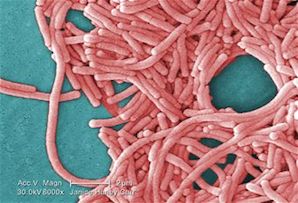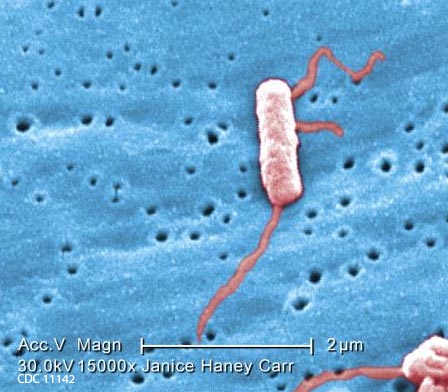There has been a lot of discussion in the news lately of the financial “aftermath” of projected costs to states like Illinois and New York to remediate the contaminated water systems and cooling towers of hospital, hotel, and other facilities responsible for “community-acquired” cases of Legionnaires’ disease. Illinois is facing a $2.3 M bill to renovate and safeguard the aged water systems of a veterans’ home in Quincy that killed 12 residents and sickened 50. According to The New York Times, contractor costs to clean and disinfect a single cooling tower at “industry standards” can range between $1,500 and $30,000 depending upon the size of the tower and the remediation methods selected.
 Last month, after 15 out of more than 145 cooling towers tested in the South Bronx were found to be contaminated with the Legionella pneumonia bacteria, the health department ordered every building containing a cooling tower to have it evaluated and disinfected within two weeks. Hundreds of units have since been tested and cleaned, many requiring costly emergency remediation. You do the math.
Last month, after 15 out of more than 145 cooling towers tested in the South Bronx were found to be contaminated with the Legionella pneumonia bacteria, the health department ordered every building containing a cooling tower to have it evaluated and disinfected within two weeks. Hundreds of units have since been tested and cleaned, many requiring costly emergency remediation. You do the math.
What’s getting less press is the physical, psychological, and financial aftermath to victims of Legionnaires’ disease. Up to 30% of people who contact Legionnaires’ die, leaving their sorrowing families with medical bills, funeral expenses and, sometimes, the loss of a family wage earner. Those who survive the disease not only have the medical costs associated with the hospitalization required to successfully treat cases of severe pneumonia, but also face the lost wages and secondary healthcare costs when serious secondary medical conditions arise due to the weakness of lungs and nervous systems ravaged by the Legionella bacteria.
In 2002 research study, “Health-related quality of life and post-traumatic stress disorder among survivors of an outbreak of Legionnaires disease” (Lettinga KD, Clin Infect Dis, July 1, 2002), Dutch scientists performed a follow-up study of 112 survivors who caught Legionnaires’ Disease at a flower show in The Netherlands:
“To determine persistence of symptoms, health-related quality of life (HRQL), and presence of posttraumatic stress disorder (PTSD). Seventeen months after diagnosis of LD, survivors completed a questionnaire assessing symptoms and HRQL and a questionnaire assessing PTSD. The most prevalent new symptoms were fatigue (in 75% of patients), neurologic symptoms (in 66%), and neuromuscular symptoms (in 63%). HRQL was impaired in 7 of the 8 dimensions assessed by the HRQL questionnaire, and 15% of patients experienced PTSD. Symptoms and impaired HRQL persisted for >1.5 years.”
Neurologic symptoms included headache, memory loss, and concentration problems; neuromuscular symptoms typically expressed as muscle weakness, muscle/joint pain, and tingling in the extremities. Continuing respiratory issues included coughing in (48% of patients) and dyspnea (labored breathing) on exertion (38%).
